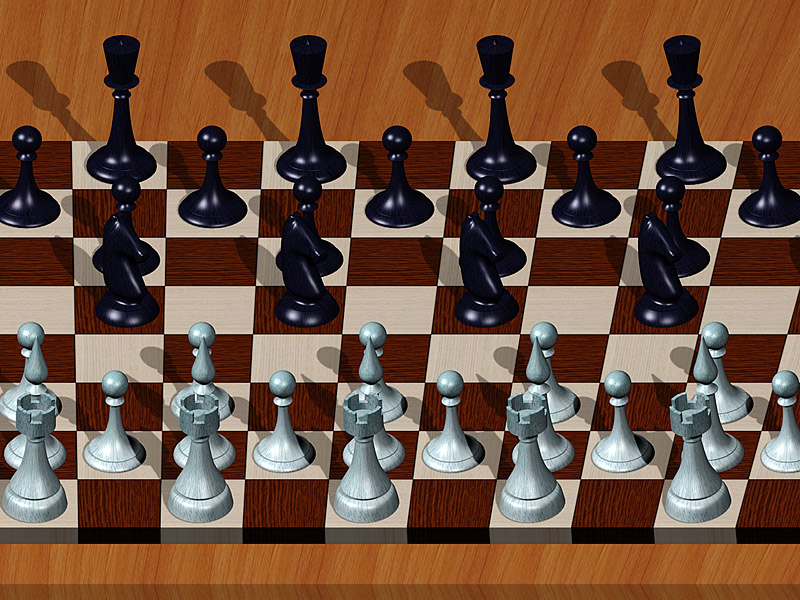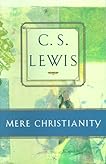Stereograms are also often used in remote sensing, with aerial photography. In this case, two photographs captured by an airplane in two different positions, with around 60% overlap, give you a 3D view of the ground, with significant vertical exaggeration (because the images were taken usually hundreds or thousands of feet apart, while your eyes are only a few centimeters apart). I have this book at home, with images like this:

These are typically viewed using a viewer that is basically just two (magnifying) lenses separated by some plastic, to help each eye look at the correct image. But if you are talented and practice, you can see these with the naked eye. (If you try this with the one above, try making it very level to your eyes and getting your face pretty close to the monitor - the image is a bit small for ideal viewing.)
The technique for viewing a stereogram without a viewer is to learn how to make yourself go "wall-eyed" (the opposite of cross-eyed) while maintaining your eyes' focus. In other words, you need to direct the angle of your eyes as though you are looking at something further away than the actual image, while maintaining the actual focus on the image. I am pretty good at it, and for me, the 3D usually comes before the focus, so I first diverge my eyes, then once the distance is right, I can focus.
Looking at a 2-image stereogram uses the same skill as looking at an autostereogram, which is what those "magic eye pictures" that used to be so popular in malls are. In an autostereogram, the pattern of dots or other elements is arranged such that your eyes can mistake two separate images for the same image, thus creating the illusion of 3D. I find most of the speckledy ones pretty boring, but some other ones are cool. From the Wikipedia article linked above, I especially liked this one of a chess board:

This one looks pretty much the same in 2D or 3D, though once you get the 3D, you will (through the confusion of your eyes) see more pieces. And of course it will appear to be 3D. This is a pretty easy autostereogram to practice on.
This one is much more difficult, but rather clever:

You can also get the stereo effect staring at something like bathroom tiles. Nothing will pop out, of course (though it would be great fun to tile a bathroom in such a way as to create a 3D image for discovery), but the tiles will shimmer a bit and appear to be at a different distance away than they actually are.
Some people, especially those with a lazy eye or who do not generally have depth perception, cannot make out stereograms. Ed, for instance, gets double images in a View-Master or at a 3D movie, so the odds that he can make out an autostereogram are especially low. For the rest of us it is just a learned skill.





















2 comments:
I'm definitely better at any eye games that involve crossing the eyes (e.g. making the sausage appear between your touching index fingers).
I was finally able to start seeing the magic eye stuff after reading the section in I believe Steven Pinker's book (where he gives an easy one to get started with) and then practicing on images in a book my mom got me. But I find it very difficult when I'm not in a highly-practiced state and doubt I could do it right now.
I remember a story from my psych. of perception class about a woman with such perfect eidetic (photographic) memory that she was able to be shown one random-dot image one day and the second image another and then combine them to see the hidden image just from memory. Of course, I can't remember now whether this was a real or debunked story / urban legend we were discussing. :)
I had a View Master when I was a kid and loved it. I think the Wile E. Coyote scenes were my favorite.
Oh cool! I find the extra piece in row bizarre though.
I'm a sucker for all of these 3D images. My favorite is an aerial view in Tufte's Envisioning Information.
Post a Comment